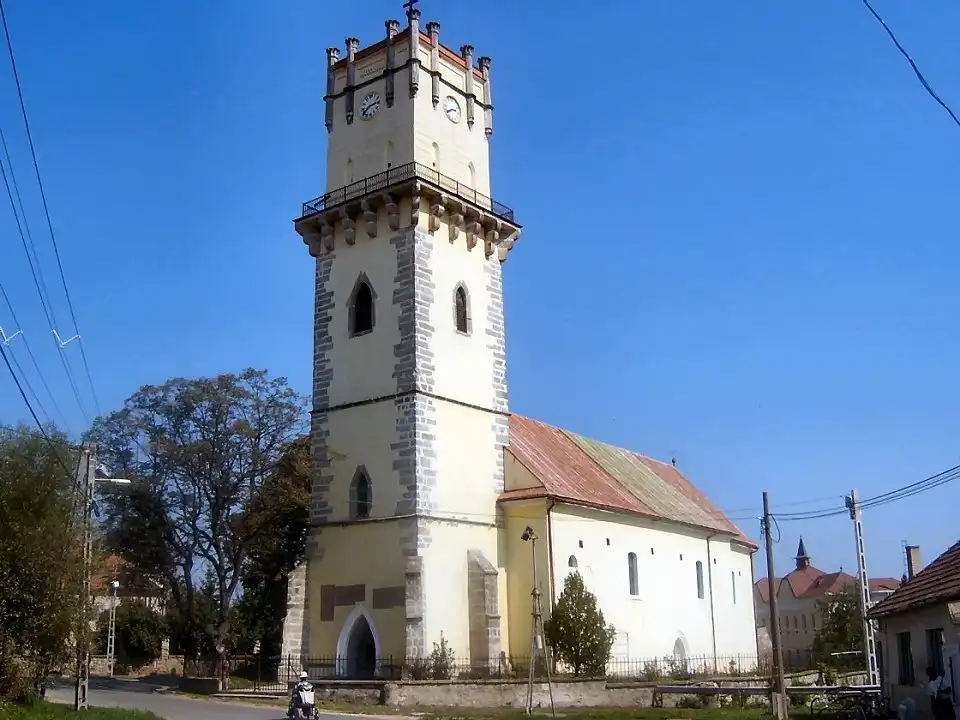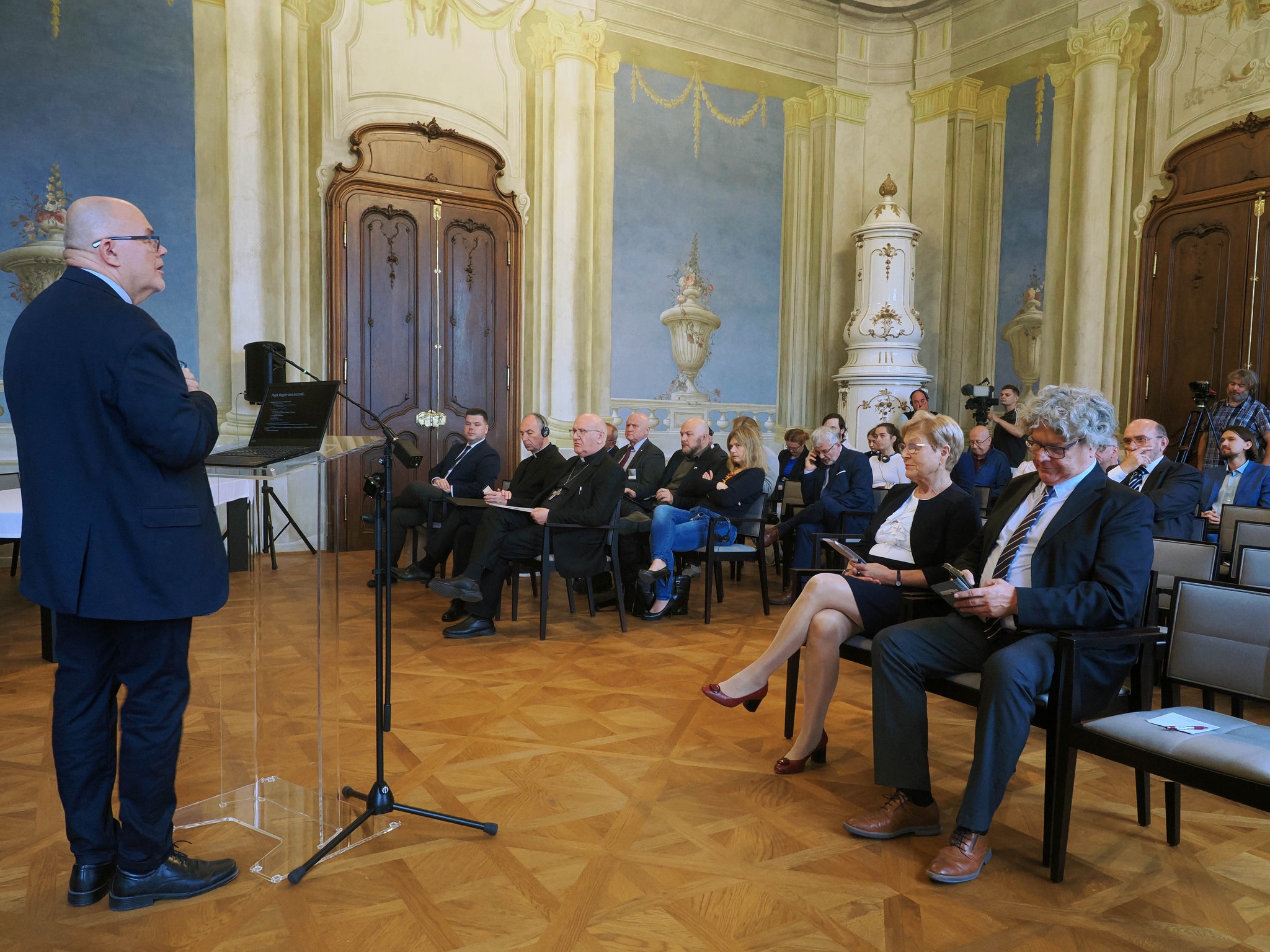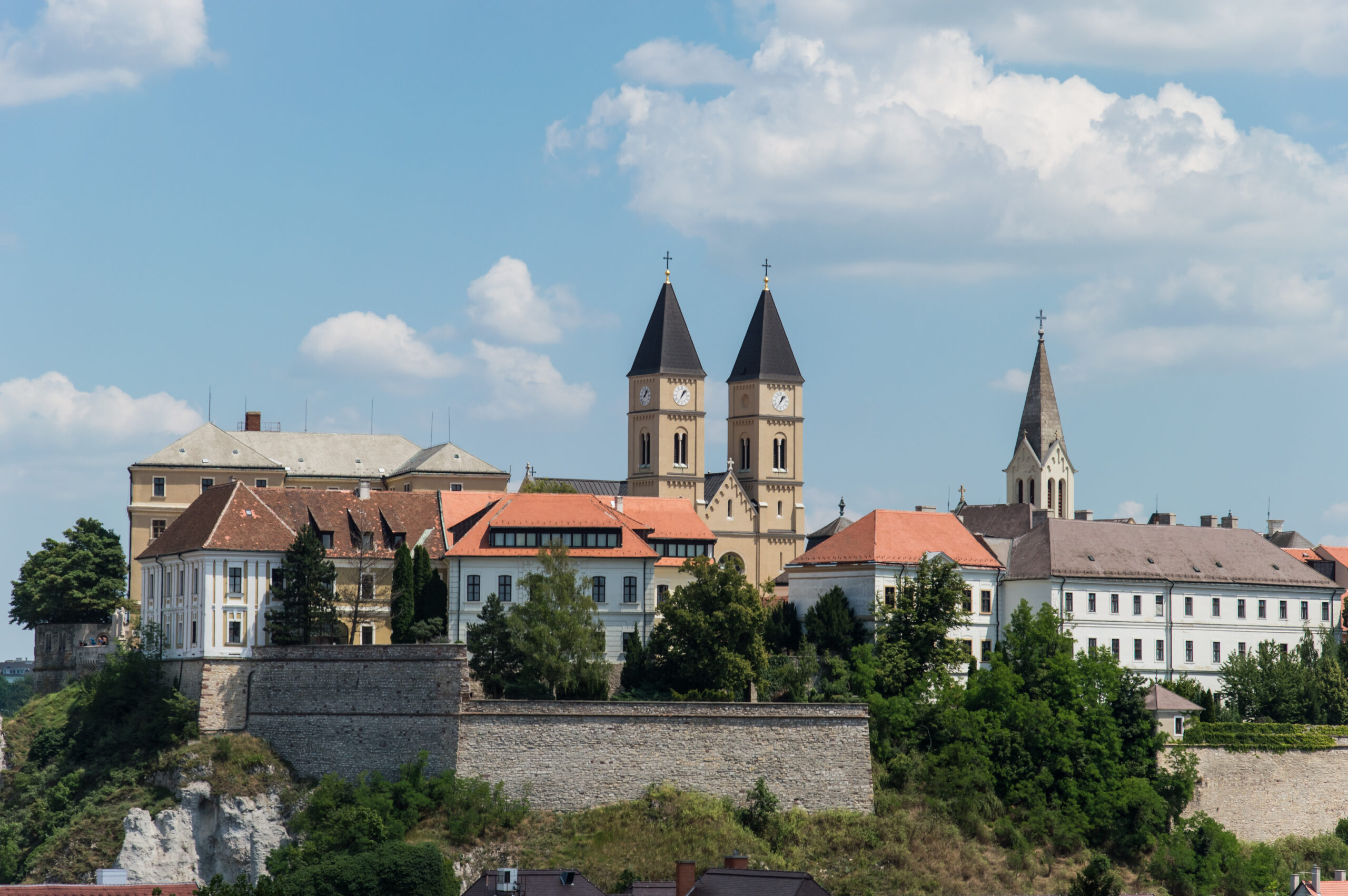Italians and others in the Medieval Hungarian Kingdom – Olaszliszka
Fact of the Hungarian figure „Minorities in Hungary”
Part of the „The emancipation of minorities” topic
Olaszliszka, a small village in Hungary, reflects the multicultural history of the medieval Hungarian Kingdom. The first written mention of Olaszliszka was in 1239 as Lyska. Béla IV settled „Italian” Walloon vineyard workers, who lived in the part of the village called Burgundia. It was a royal estate and later belonged to the Spiš Priesthood. In 1466, King Matthias granted the town status to Liszka Olaszi, allowing for three free markets each year. The Gothic Roman Catholic Church of the Assumption was built in 1332, and its distinctive military watchtower was completed in 1634.
The name „Olaszliszka” itself translates to „Italian Liszka,” hinting at the presence of Italian settlers in the region during the Middle Ages. This settlement stands as a testament to the diverse ethnic and cultural makeup that characterized Hungary during that time, where various groups, including Italians, Germans, and Slavs, contributed to the kingdom’s growth.
The arrival of Italians in Hungary during the Middle Ages was part of a wider pattern of migration and settlement encouraged by Hungarian kings. Italians were often invited to Hungary because of their skills in trade, crafts, and agriculture. They played a main role in developing urban centers and made significant contributions to the cultural and economic life of the kingdom.





